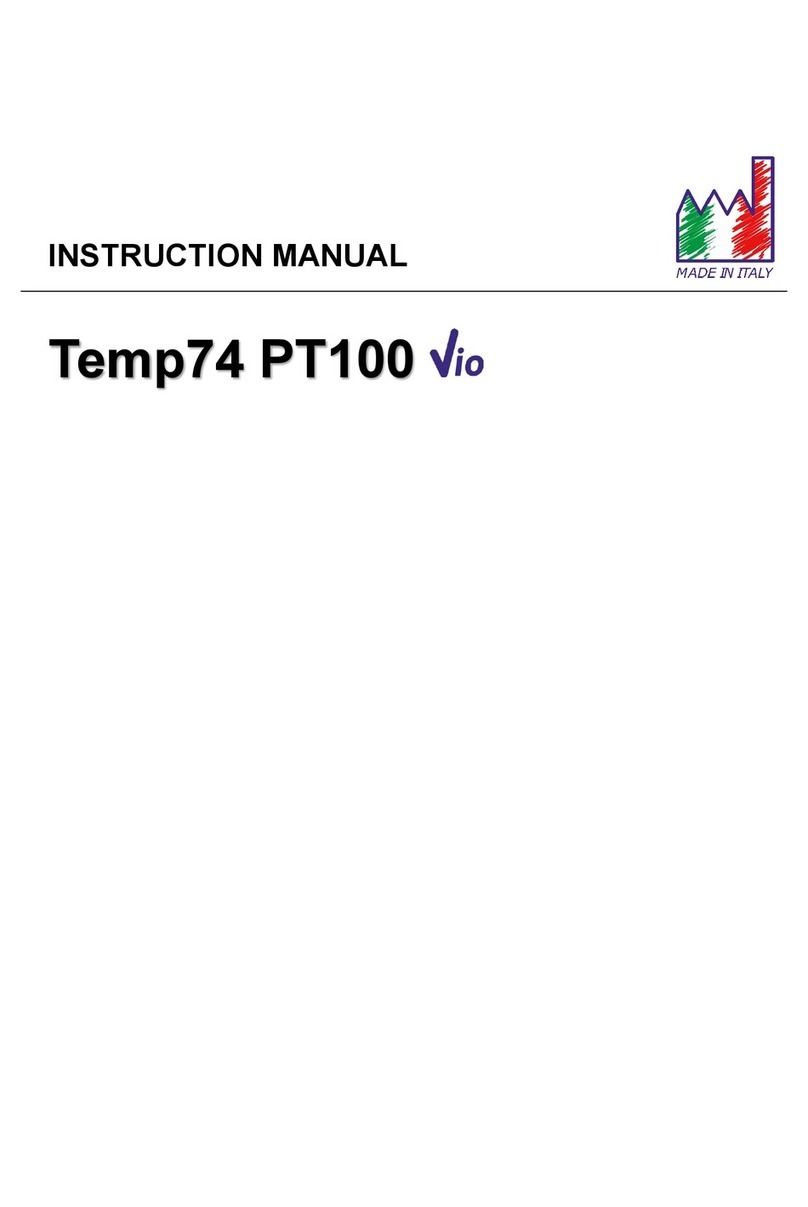
3
Index
.................................................................................................................................................................1
Introduction .............................................................................................................................................5
Safety information ...................................................................................................................................6
•Definitions of warning words and symbols .........................................................................................6
•Reporting terms: .................................................................................................................................6
•Additional documents for safety.........................................................................................................7
•Use according to destination...............................................................................................................7
•Basic requirements for a safe use .......................................................................................................7
•Unauthorized use ................................................................................................................................7
•Device maintenance............................................................................................................................7
•Responsibility of the owner of the instrument ...................................................................................8
Instrumental features ..............................................................................................................................8
•Parameters ..........................................................................................................................................8
•Datasheet ............................................................................................................................................8
Instrument description ............................................................................................................................9
•Display .................................................................................................................................................9
•Keyboard ...........................................................................................................................................10
•LED.....................................................................................................................................................10
Installation .............................................................................................................................................10
•Supplied components........................................................................................................................10
•Start-up..............................................................................................................................................11
•Connection of the power supply.......................................................................................................11
•Power on, date and time update, power off.....................................................................................11
•Replacement of batteries..................................................................................................................12
•Instrument transportation ................................................................................................................12
•Key functions.....................................................................................................................................12
•Inputs / Outputs connections ...........................................................................................................13
READ THE MANUAL BEFORE PROCEEDING TO CONNECT THE PROBES OR PERIPHERALS ........................13
•Symbols and icons on the display .....................................................................................................13
Operation of the device.........................................................................................................................14
Setup menu ...................................................................................................................................15
•Setup Menu Structure .....................................................................................................................16
Temperature measurement ATC – MTC ....................................................................................16
%O2 Parameter .............................................................................................................................17
•O2parameter Setup ..........................................................................................................................17
•Composition of the Setup menu for O2 Parameter...........................................................................17
•Information about LDO70 probe.......................................................................................................19




























